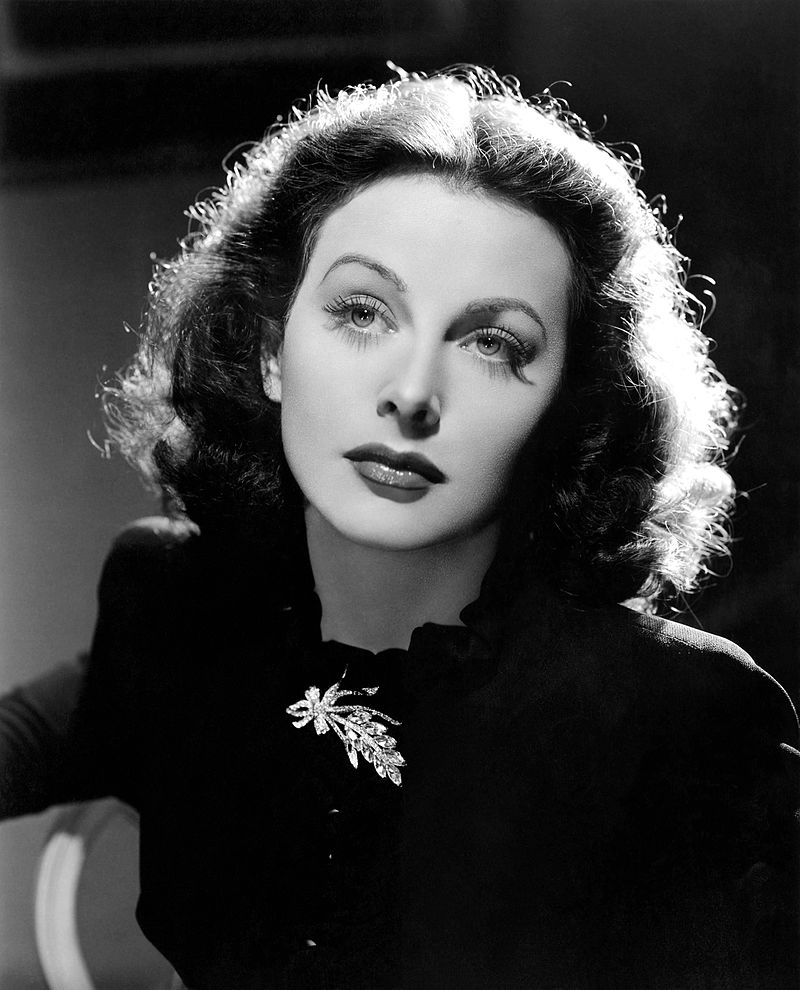Did You Know? Invention Was the “Other” Career for these Notable Women
Hedy Lamarr is best known as a film star of Hollywood’s Golden Age. But did you know she invented the communication technology that is the foundation for modern Bluetooth and Wi-Fi?
Margaret Atwood is the best-selling author of The Handmaid’s Tale. But did you know she also invented a remote robotic writing technology known as the LongPen?
In celebration of Women’s History Month, we invite you to learn more about these extraordinary women and their inventions.
Hedy Lamarr
 Famous for her performances in films such Ecstasy (1933), Algiers (1938), Ziegfeld Girl (1941) and Samson and Delilah (1949), Hedy Lamarr was an actress whom Louis B. Mayer promoted as “the most beautiful woman in the world.”
Famous for her performances in films such Ecstasy (1933), Algiers (1938), Ziegfeld Girl (1941) and Samson and Delilah (1949), Hedy Lamarr was an actress whom Louis B. Mayer promoted as “the most beautiful woman in the world.”
Lamarr also had an interest in invention, dating back to when she first dismantled and reassembled a music box at age five. During World War II, Lamarr and composer George Antheil developed a radio guidance system using “frequency-hopping” spread spectrum technology for Allied torpedoes, intended to defeat the threat of jamming by the Axis powers. Surprisingly, the U.S. Navy declined their invention during the war, but ultimately adopted it in the 1950s as part of their sonobuoy, and later implemented the technology on Navy ships during the Cuban Missile Crisis in 1962. Lamarr’s and Antheil’s technology later was used to develop Bluetooth, Wi-Fi and cellular telephones. Lamarr and Antheil were posthumously inducted into the National Inventors Hall of Fame in 2014. They also owned U.S. Patent No. 2,292,387 for their invention.
Margaret Atwood
 Margaret Atwood is a world-renowned author of over eighty published works, including her 1985 novel The Handmaid’s Tale, which received an Arthur C. Clarke Award, was nominated for the Man Booker Prize and was adapted into a successful film and an Emmy and Golden Globe award-winning television series starring Elizabeth Moss as the titular character.
Margaret Atwood is a world-renowned author of over eighty published works, including her 1985 novel The Handmaid’s Tale, which received an Arthur C. Clarke Award, was nominated for the Man Booker Prize and was adapted into a successful film and an Emmy and Golden Globe award-winning television series starring Elizabeth Moss as the titular character.
While on a book tour in 2004, Atwood came up with the idea of a remote-controlled pen that allows writers to sign books for fans from thousands of miles away. Eventually branded as the LongPen, Atwood invented a system where an author could write their signature on a tablet from the comfort of their own home and a robotic arm with a pen attached would sign a book anywhere in the world. Atwood hoped her invention would bring author signings to remote locations that typically are left off the book tour circuit. The technology has been used across multiple industries, including for use in business and legal transactions. Patents covering Atwood’s invention include U.S. Patent Nos. 8,296,832, 8,867,062 and 9,910,415.
Cowan, Liebowitz & Latman encourages you to recognize diversity and inclusion in Intellectual Property every month.